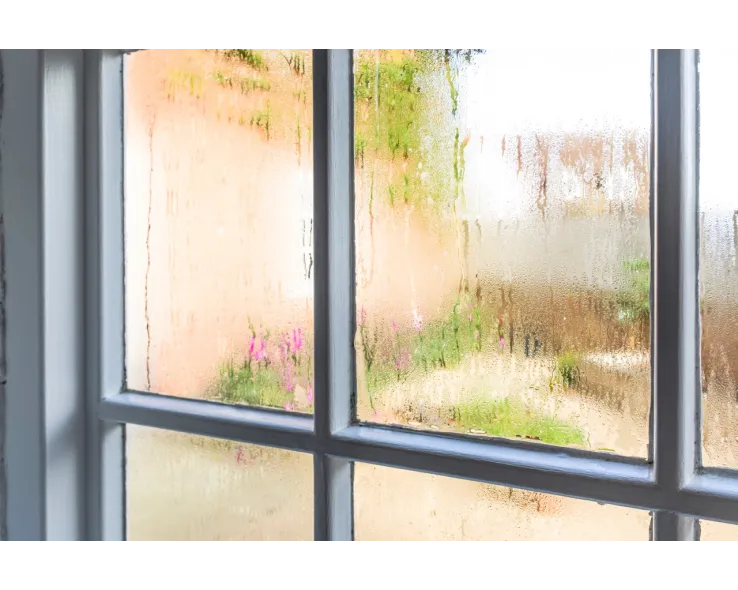The first phase of Awaab’s Law comes into force on 27 October 2025, requiring landlords to respond quickly to reports of mould and dampness. It gives tenants new legal rights and sets strict, enforceable deadlines for landlords to investigate and repair serious health hazards in social housing.
For housing providers, this marks a shift from slow, reactive repairs to time-bound compliance backed by law. Failure to meet deadlines will carry financial penalties, legal exposure, and reputational damage.
But the reforms don’t stop there. Phase 2, set to begin in October 2026, will significantly expand what counts as a “serious hazard,” and what landlords are legally expected to prevent.
What Phase 2 of Awaab’s Law Means
Under Phase 2, the law will extend beyond mould and damp to cover a much wider range of health and safety risks, including:
Excess cold and heat – homes that fail to maintain safe indoor temperatures will be deemed a health hazard.
Falls and structural risks – hazards from stairs, flooring, or building integrity.
Fire and electrical faults – including outdated wiring, inadequate smoke detection, or unsafe appliances.
Hygiene and food safety – poor ventilation or humidity control that causes persistent condensation and bacterial growth.
Each of these will be classed as a “significant hazard,” legally defined as a significant risk of harm to the occupier’s health or safety that a reasonable landlord would address as a matter of urgency.
This means that cold, poorly ventilated, or energy-inefficient homes are now a compliance issue, not just a comfort one.
The Health Impact of Cold, Damp Homes
The government’s guidance is clear: homes that are cold or poorly ventilated can cause serious health problems. Cold indoor temperatures are directly linked to:
Respiratory illness (such as bronchitis and asthma)
Cardiovascular strain in vulnerable tenants
Worsening mental health and sleep disruption
Condensation and mould, which feed into the same cycle of damp and decay
The NHS already spends an estimated £1.4 billion a year treating illnesses caused or worsened by cold, damp housing. With Awaab’s Law now placing responsibility squarely on landlords, prevention is no longer optional, it’s a regulatory requirement.
From Reaction to Prevention
Where Phase 1 focused on mould remediation, Phase 2 demands a shift to proactive property health management.
Housing teams will need to collaborate across departments, repairs, maintenance, compliance, and tenant liaison, to create joined-up systems that prevent hazards before they escalate.
That means:
Monitoring internal temperatures and humidity levels
Installing ventilation systems with heat recovery to maintain airflow while conserving warmth
Ensuring adequate insulation and heating performance
Using sanitising and light-based technologies to limit bacterial and mould regrowth
Practical Compliance Solutions
At Objective Health, we’re supporting housing providers to prepare for these wider obligations with scalable, preventative technologies:
Smart ventilation and heat recovery systems – maintain airflow, reduce humidity, and stabilise indoor temperatures while cutting energy waste.
Biovitae® LED bulbs – clinically validated to reduce airborne bacteria, mould spores, and viruses including COVID-19, helping maintain hygienic air quality between inspections.
Air quality and CO₂ monitoring – track real-time indoor conditions to provide compliance data and early warnings before hazards form.
These technologies work together to demonstrate due diligence under Awaab’s Law, showing that steps are being taken to actively manage health risks, not just react to complaints.
Preparing for 2026
Phase 2 is due to take effect in October 2026, giving landlords limited time to assess their housing stock, implement monitoring systems, and introduce preventative measures.
For many housing providers, this will mean:
Reviewing existing repair and reporting procedures to align with new statutory timeframes
Assessing high-risk properties where cold, condensation, or poor ventilation are known issues
Budgeting for long-term upgrades that balance energy efficiency with tenant health
The message from regulators is clear, landlords must show that their homes are not only safe, but healthy.
What’s Next
The government plans to extend Awaab’s Law even further in Phase 3 (2027), covering almost all hazards under the Housing Health and Safety Rating System.
For now, Phase 2 is the critical step, and the one that will define whether landlords can adapt fast enough to meet the new compliance era.
Objective Health will continue publishing guidance as each phase rolls out, helping landlords understand their obligations and adopt practical, evidence-based health protection measures.

